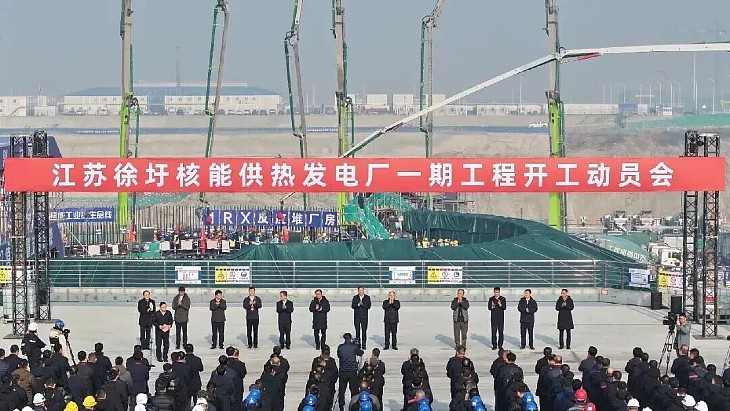The project partners include: UPM and CIEMAT (Spain); IRSN, CNRS and LGI (France); FZJ, Framatome GmbH and Rurh-Universität Bochum (Germany); Jožef Stefan Institute (Slovenia); Energorisk (Ukraine); and NRG (Netherlands). It also involves Canadian Nuclear Laboratories. The project will also benefit from the expertise of worldwide experts in combustion science, accident management and nuclear safety on its Advisory Board.
The AMHYCO project will target an area that has not been addressed in previous EU and OECD projects: hydrogen and carbon monoxide combustion risk management in nuclear power plant severe accident scenarios.
During a severe accident, combustible gases can be released, leading to a potential explosion risk in the nuclear containment building. These gases - including hydrogen and carbon monoxide - need to be managed to avoid threatening the containment integrity which can result in radioactive material being released into the environment. "The Severe Accident Management Guidelines (SAMG), which guide the reactor operators on how to handle the response of the nuclear power plant against severe accidents, need to be regularly updated and include knowledge gained from international efforts, including recent and ongoing research projects. AMHYCO will contribute to this objective by improving the understanding of H2/CO combustion and incorporating this knowledge into SAMGs," a statement on the launch of the project says.
The AMHYCO project - launched on 1 October - has three specific objectives. Firstly, to improve SAMG for both in-vessel and ex-vessel phases with respect to combustible gases risk management, using both numerical and experimental results. Secondly, to experimentally investigate phenomena that are difficult to predict numerically. Thirdly, to improve the predictability of the numerical tools.
The AMHYCO project idea and programme have been awarded by the NUGENIA Executive Committee, receiving the NUGENIA label, given to projects that show a high-level quality research proposal.
The project will set up and manage an international End-User Group to reach out on the AMHYCO achievements, seek feedback when relevant, and attract potential future users.
"The AMHYCO project is a chance to improve the way severe accidents are managed regarding combustion risk in nuclear power plants," said the project's coordinator, Associate Professor Gonzalo Jiménez of UPM.

.jpg)




_28178.jpg)
_66891.jpg)
_16128_62584.jpg)





